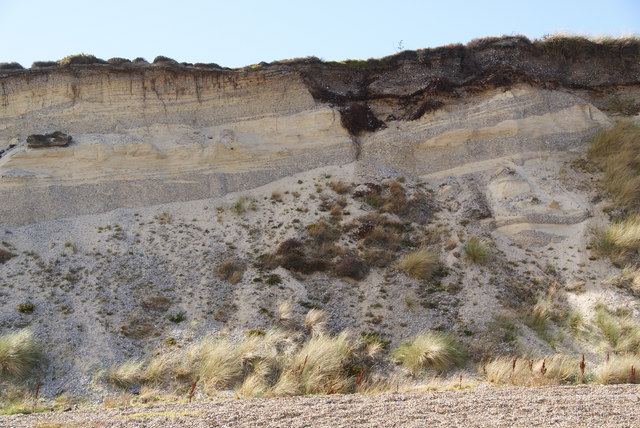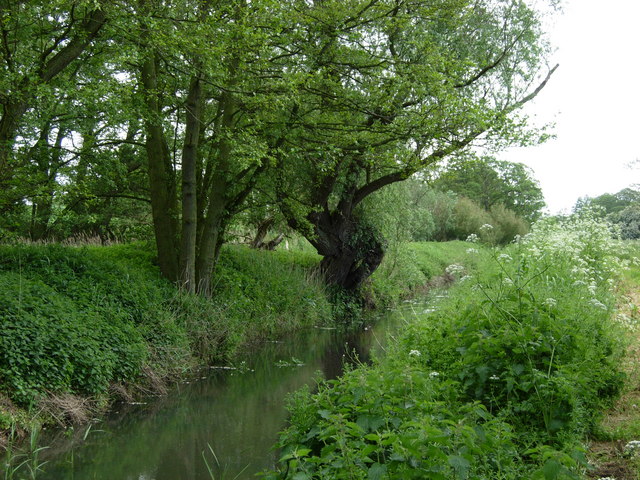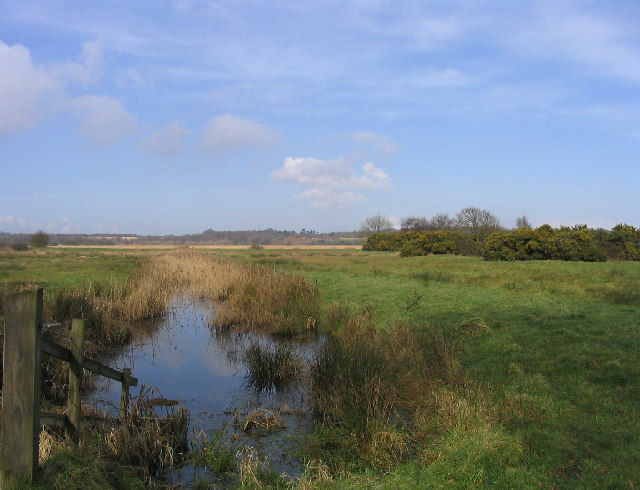|
Eastbridge
Eastbridge is a village in the English county of Suffolk. It is located approximately north of Leiston, from the North Sea in the parish of Theberton, immediately south of the Minsmere RSPB reserve. It borders the Minsmere River which cuts through an area of drained and undrained wetland known as the Minsmere Level. Eastbridge Windpump, which stood on the Minsmere Level marshes, is preserved at the Museum of East Anglian Life in Stowmarket. The marshes are also the site of the remains of the medieval chapel of St Mary which stands on the original site of Leiston Abbey. The chapel ruins date from the 12th-century and include a World War II pill box which was built into the walls to protect against invasion. The site is a scheduled monument.Leiston Abbey (first site) with later chapel and ... [...More Info...] [...Related Items...] OR: [Wikipedia] [Google] [Baidu] |
Eastbridge Windpump
Eastbridge Windpump is a smock mill at the Museum of East Anglian Life, Stowmarket, Suffolk, England which has been restored to working order. History ''Eastbridge Windpump'' was probably built in the mid nineteenth century by Robert Martin, the Beccles millwright. It originally stood at Minsmere Level, Eastbridge, Leiston (). In the early 1920s, millwright Dan England of Ludham reinforced the mill by bolting the frame from a nearby smock mill (), which had collapsed, over the weatherboarding. It worked by wind until 1940. After the war War is an intense armed conflict between states, governments, societies, or paramilitary groups such as mercenaries, insurgents, and militias. It is generally characterized by extreme violence, destruction, and mortality, using regular o ..., an iron windpump was erected nearby to take over from Eastbridge Windpump. On 19 February 1977, Eastbridge Windpump collapsed. The remains were dismantled by members of Suffolk Mills Group in July ... [...More Info...] [...Related Items...] OR: [Wikipedia] [Google] [Baidu] |
Minsmere RSPB Reserve
RSPB Minsmere is a nature reserve owned and managed by the Royal Society for the Protection of Birds (RSPB) at Minsmere, Suffolk. The site has been managed by the RSPB since 1947 and covers areas of reed bed, lowland heath, acid grassland, wet grassland, woodland and shingle vegetation. It lies within the Suffolk Coast and Heaths Area of Outstanding Natural Beauty and the Suffolk Heritage Coast area. It is conserved as a Site of Special Scientific Interest, Special Area of Conservation, Special Protection Area and Ramsar site. The nature reserve is managed primarily for bird conservation, particularly through control and improvement of wetland, heath and grassland habitats, with particular emphasis on encouraging nationally uncommon breeding species such as the bittern, stone-curlew, marsh harrier, nightjar and nightingale. The diversity of habitats has also led to a wide variety of other animals and plants being recorded on the site. Before becoming a nature reserve ... [...More Info...] [...Related Items...] OR: [Wikipedia] [Google] [Baidu] |
Minsmere River
Minsmere River is a river in the English county of Suffolk which flows into the North Sea at Minsmere. The river is formed from the River Yox at Yoxford before flowing through Middleton, Eastbridge and Minsmere. It flows to the south of Minsmere RSPB reserve helping to form many of the wetland habitats at the reserve. The river valley was largely drained and used as agricultural land in the past.Coastal levels Suffolk Landscape Character Typology, ''Suffolk County Council''. Retrieved 2012-10-31. The original course of the river, the Minsmere Old River, runs to the north of the Minsmere New Cut, an artificial drainage channel built in 1812. This reaches the sea at Minsmere Sluice, a tidal sluice which discharges water from the channels into the sea. [...More Info...] [...Related Items...] OR: [Wikipedia] [Google] [Baidu] |
Minsmere
Minsmere is a place in the English county of Suffolk. It is located on the North Sea coast around north of Leiston and south-east of Westleton within the Suffolk Coast and Heaths AONB. It is the site of the Minsmere RSPB reserve and the original site of Leiston Abbey. History At the Domesday Survey in 1086 Minsmere was known as ''Menesmara'' or ''Milsemere''.Minsmere ''Domesday book online''. Retrieved 2012-10-31. It is recorded as having six households headed by freemen with one plough team.Minsmere , ''Open Domesday''. Retrieved 2012-10-31. The manor, which was in the Hundred of Blythling< ... [...More Info...] [...Related Items...] OR: [Wikipedia] [Google] [Baidu] |
Museum Of East Anglian Life
The Food Museum, formerly the Museum of East Anglian Life, is a museum in Stowmarket, Suffolk, England, which specialises in presenting the agricultural history of East Anglia through a mixture of exhibits and living history demonstrations. History of the Museum The land was originally part of the Home Farm for the Abbot’s Hall estate. The estate dates from medieval times, when it was an outlying manor for St Osyth's Priory in Essex. It passed through numerous owners until it was purchased by the Longe family in 1903. Mechanisation in the 1950s and 1960s meant that England was in danger of losing long-established skills, equipment, and buildings, if something was not done to rescue them. Local farmer Jack Carter, the Suffolk Local History Council, and other individuals worked to collect, preserve and display objects from rural East Anglia. After several years of temporary exhibitions, Vera and Ena Longe placed of farmland, Abbot’s Hall, its gardens, and 18/20 Crowe Stree ... [...More Info...] [...Related Items...] OR: [Wikipedia] [Google] [Baidu] |
Stowmarket
Stowmarket ( ) is a market town in Suffolk, England,OS Explorer map 211: Bury St.Edmunds and Stowmarket Scale: 1:25 000. Publisher:Ordnance Survey – Southampton A2 edition. Publishing Date:2008. on the busy A14 road (Great Britain), A14 trunk road between Bury St Edmunds to the west and Ipswich to the southeast. The town is on the main railway line between London and Norwich, and lies on the River Gipping, which is joined by its tributary, the River Rat, to the south of the town. The town takes its name from the Old English language, Old English word ''stōw'' meaning "principal place", and was granted a market charter in 1347 by Edward III of England, Edward III. A bi-weekly market is still held there today on Thursday and Saturday. The population of the town has increased from around 6,000 in 1981 to its current level of around 19,000, with considerable further development planned for the town and surrounding villages as part of an area action plan. It is the largest town in ... [...More Info...] [...Related Items...] OR: [Wikipedia] [Google] [Baidu] |
Leiston Abbey
Leiston Abbey outside the town of Leiston, Suffolk, England, was a religious house of Canons Regular following the Premonstratensian rule (White canons), dedicated to Mary, mother of Jesus, St Mary. Founded in c. 1183 by Ranulf de Glanville (c. 1112-1190), Justiciar#England, Chief Justiciar to King Henry II of England, Henry II (1180-1189), it was originally built on a marshland isle near the sea, and was called "St Mary de Insula". Around 1363 the abbey suffered so much from flooding that a new site was chosen and it was rebuilt further inland for its patron, Robert de Ufford, 1st Earl of Suffolk (1298-1369). However, there was a great fire in c. 1379 and further rebuilding was necessary. The house was Dissolution of the Monasteries, suppressed in 1537. A Cartulary or monastic register survives. The Abbey's annual Scroll#Rolls, rolls of their court of wreck from 1378 to 1481 are a most important historical resource. A series of late visitations, and a list of abbots, are in Premon ... [...More Info...] [...Related Items...] OR: [Wikipedia] [Google] [Baidu] |
Theberton
Theberton is a village in Suffolk, England. It is located north-east of Saxmundham, and miles north of Leiston, its post town. History During the First World War, a German Zeppelin airship, L48, was shot down near Theberton at 02:00 on the morning of 17 June 1917, by Robert Saundby and others, while it was on a bombing raid.redkitebooks.co.ukAviation Archaeology Zeppelin L48 excavation carried out for BBC television Sixteen members of the crew died in the crash; three survived but one later died from his injuries. The bodies of the crew were buried in a dedicated plot adjacent to the churchyard, with women munition workers voluntarily digging the graves. Local people tended the graves until 1966, when they were reinterred at Cannock Chase German Military Cemetery in Staffordshire. A memorial plaque remains across the road from the church, where part of the Zeppelin framework is mounted in the porch. The village primary school was closed around 1970 and is now used as the vill ... [...More Info...] [...Related Items...] OR: [Wikipedia] [Google] [Baidu] |
Historic England
Historic England (officially the Historic Buildings and Monuments Commission for England) is an executive non-departmental public body of the British Government sponsored by the Department for Digital, Culture, Media and Sport. It is tasked with protecting the historic environment of England by preserving and listing historic buildings, scheduling ancient monuments, registering historic Parks and Gardens and by advising central and local government. The body was officially created by the National Heritage Act 1983, and operated from April 1984 to April 2015 under the name of English Heritage. In 2015, following the changes to English Heritage's structure that moved the protection of the National Heritage Collection into the voluntary sector in the English Heritage Trust, the body that remained was rebranded as Historic England. The body also inherited the Historic England Archive from the old English Heritage, and projects linked to the archive such as Britain from Above, w ... [...More Info...] [...Related Items...] OR: [Wikipedia] [Google] [Baidu] |
Folk Music
Folk music is a music genre that includes traditional folk music and the contemporary genre that evolved from the former during the 20th-century folk revival. Some types of folk music may be called world music. Traditional folk music has been defined in several ways: as music transmitted orally, music with unknown composers, music that is played on traditional instruments, music about cultural or national identity, music that changes between generations (folk process), music associated with a people's folklore, or music performed by custom over a long period of time. It has been contrasted with commercial and classical styles. The term originated in the 19th century, but folk music extends beyond that. Starting in the mid-20th century, a new form of popular folk music evolved from traditional folk music. This process and period is called the (second) folk revival and reached a zenith in the 1960s. This form of music is sometimes called contemporary folk music or folk rev ... [...More Info...] [...Related Items...] OR: [Wikipedia] [Google] [Baidu] |
Smuggler
Smuggling is the illegal transportation of objects, substances, information or people, such as out of a house or buildings, into a prison, or across an international border, in violation of applicable laws or other regulations. There are various motivations to smuggle. These include the participation in illegal trade, such as in the drug trade, illegal weapons trade, prostitution, human trafficking, kidnapping, exotic wildlife trade, art theft, heists, chop shops, illegal immigration or illegal emigration, tax evasion, import/export restrictions, providing contraband to prison inmates, or the theft of the items being smuggled. Smuggling is a common theme in literature, from Bizet's opera ''Carmen'' to the James Bond spy books (and later films) '' Diamonds Are Forever'' and '' Goldfinger''. Etymology The verb ''smuggle'', from Low German ''smuggeln'' or Dutch ''smokkelen'' (="to transport (goods) illegally"), apparently a frequentative formation of a word meaning "to sneak", ... [...More Info...] [...Related Items...] OR: [Wikipedia] [Google] [Baidu] |
Droving
Droving is the practice of walking livestock over long distances. It is a type of herding. Droving stock to market—usually on foot and often with the aid of dogs—has a very long history in the Old World. An owner might entrust an agent to deliver stock to market and bring back the proceeds. There has been droving since people in cities found it necessary to source food from distant supplies. Description Droving is the practice of moving livestock over long distances by walking them " on the hoof". Droving is used for moving large herds over long distances, sometimes several hundred kilometers. It was carried out by shepherds. The earliest written evidence about shepherds and their dogs dates back to the 14th century. Thousands of cattle were moved along the roads of Europe and Great Britain, and later sheep, goats, pigs and even geese and turkeys. The journey from pasture to market, slaughterhouse, or buyer could take anywhere from a few weeks to a few months. The herd moved ... [...More Info...] [...Related Items...] OR: [Wikipedia] [Google] [Baidu] |









